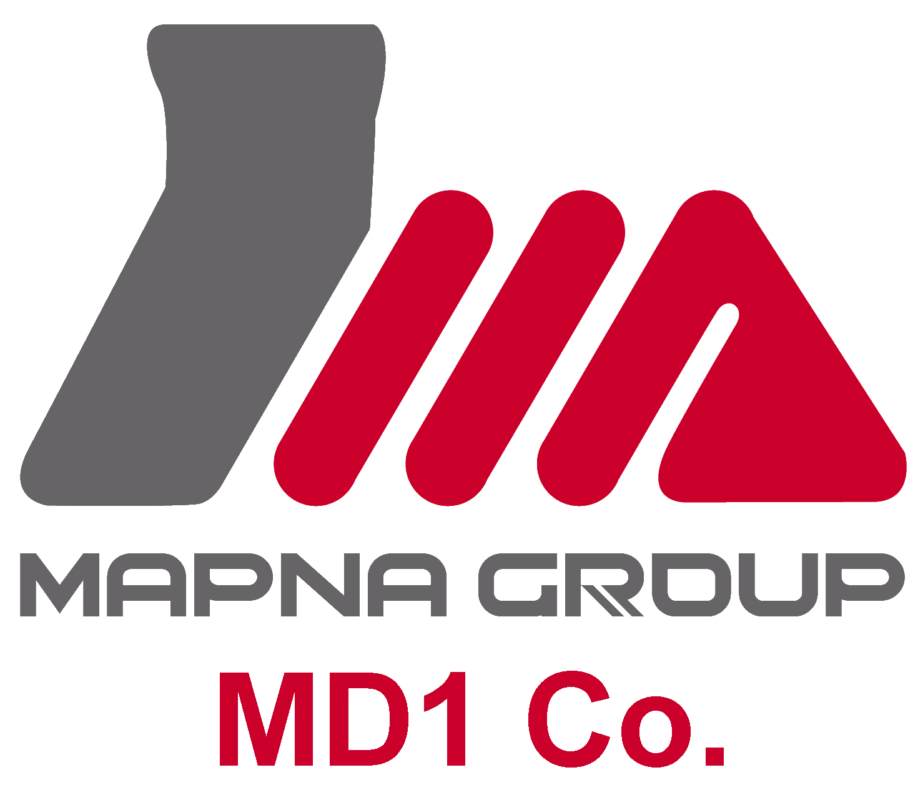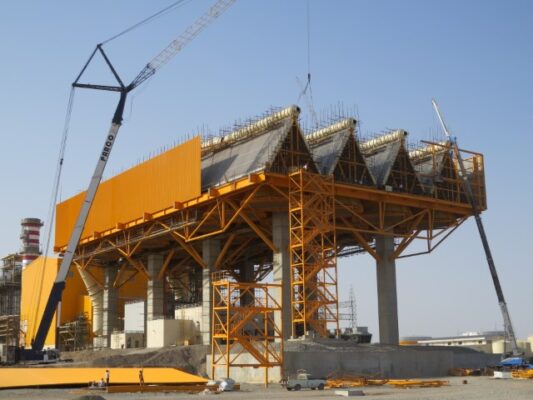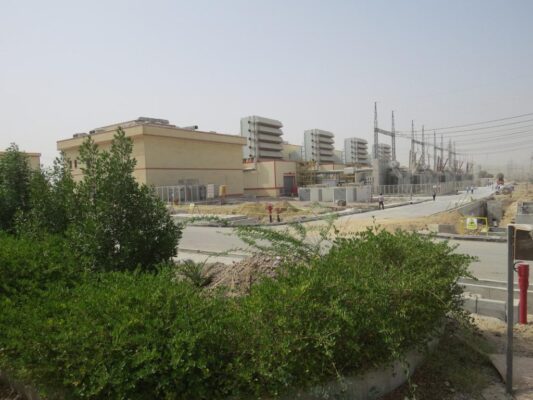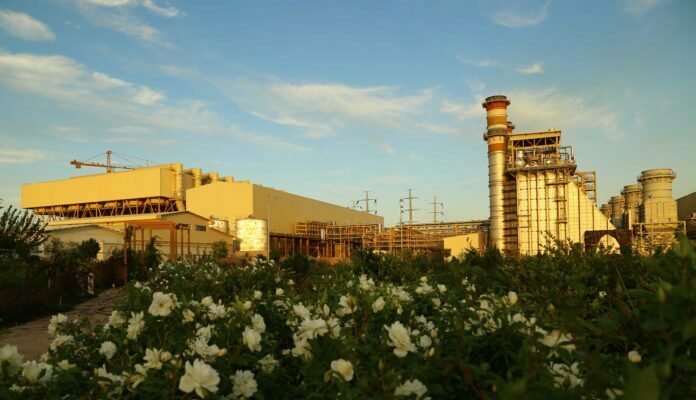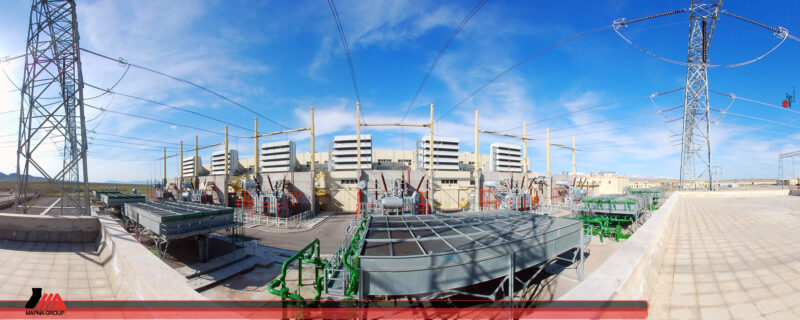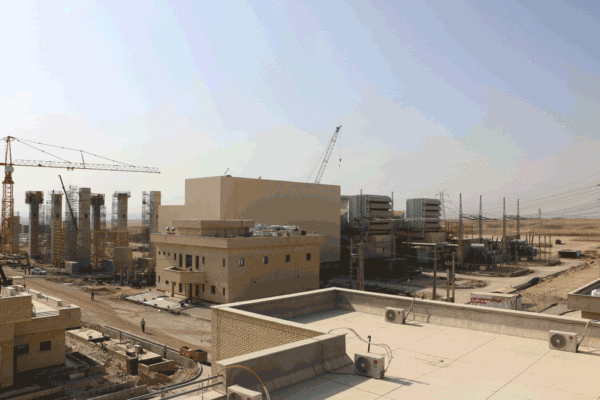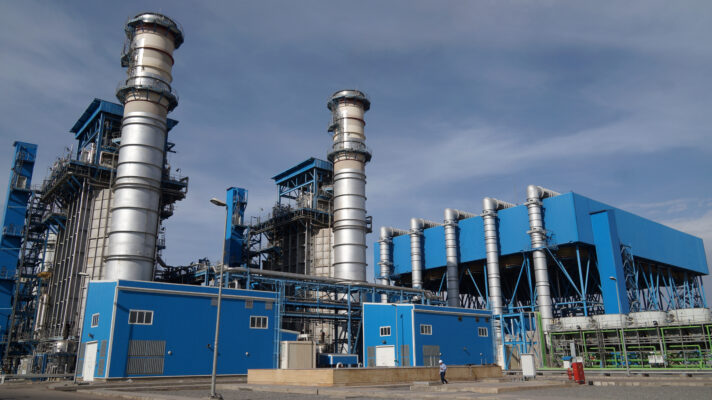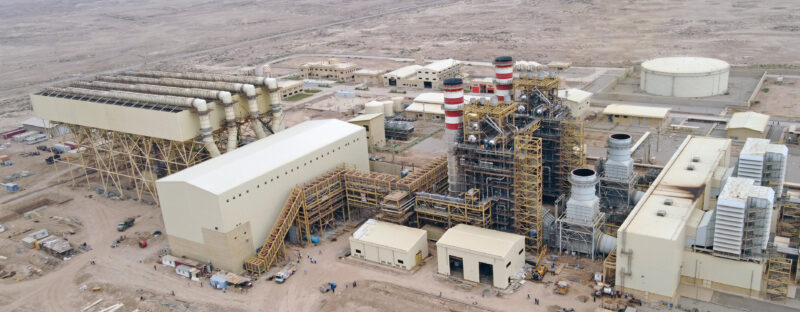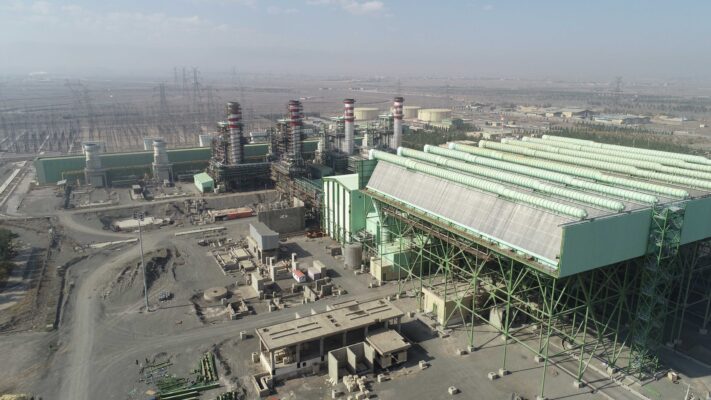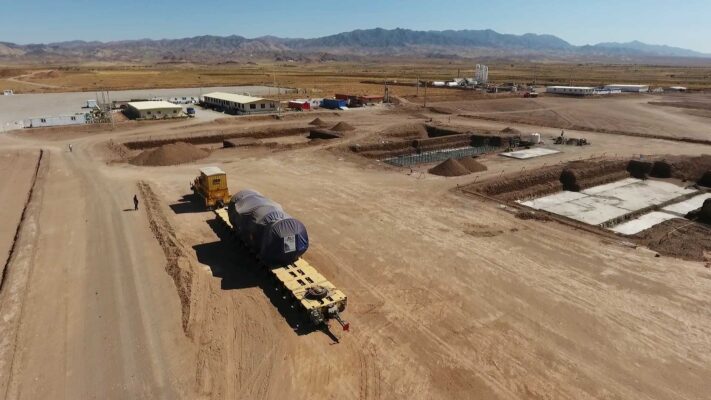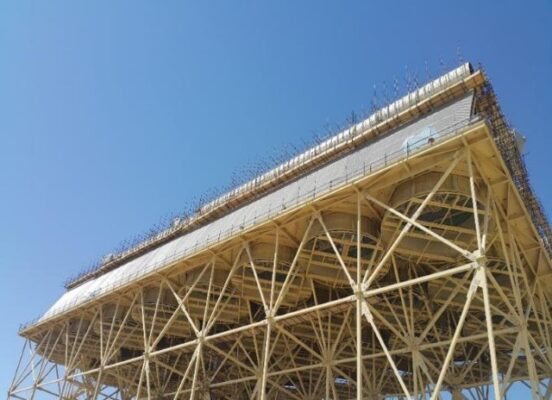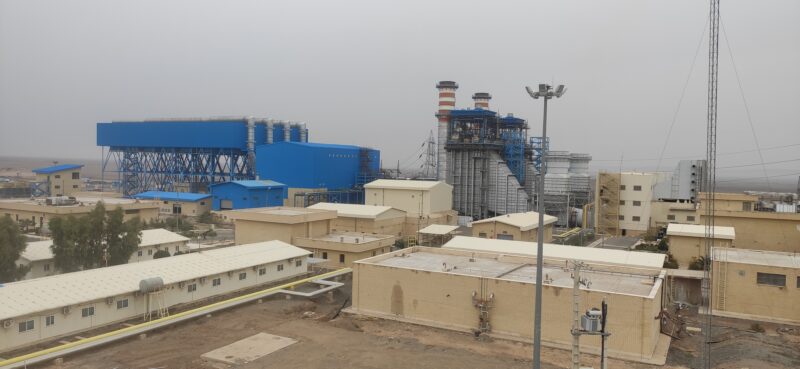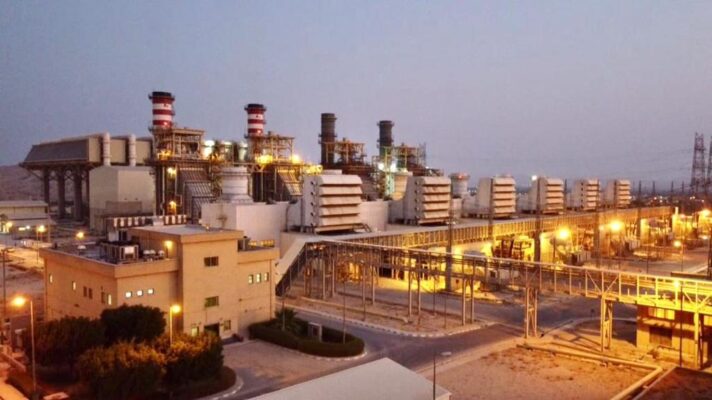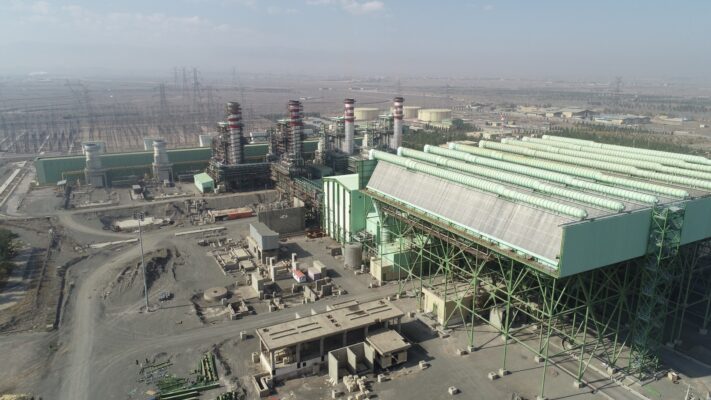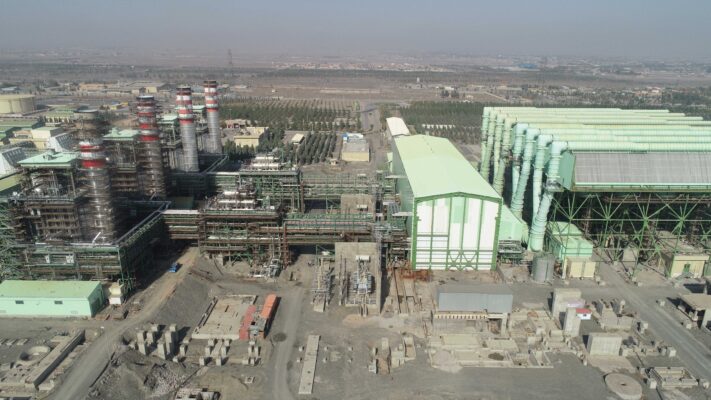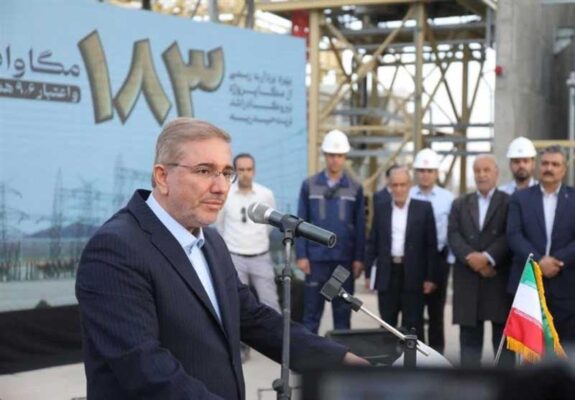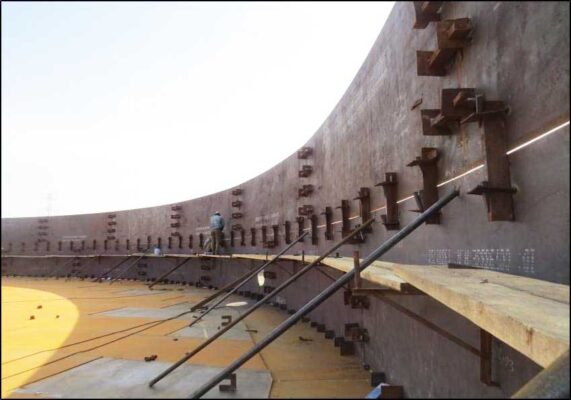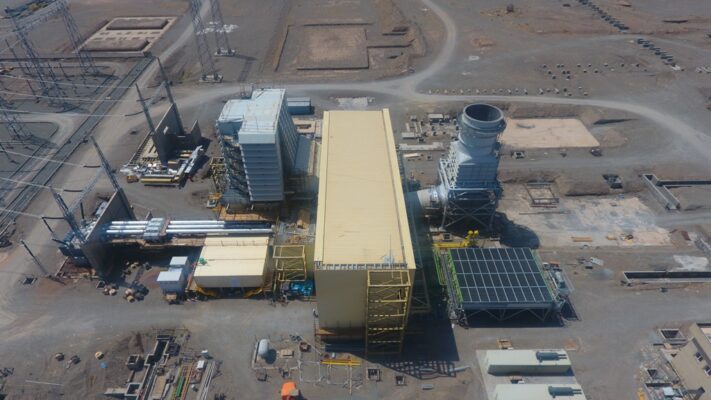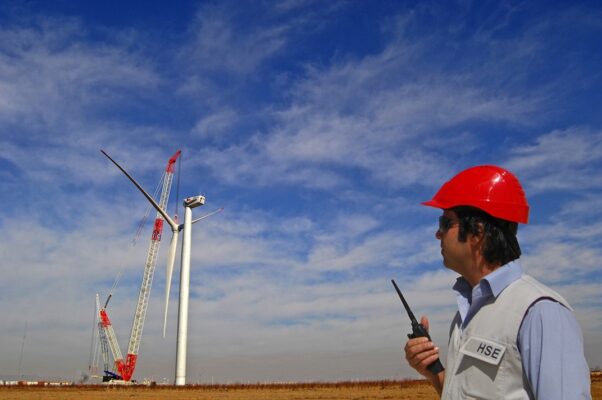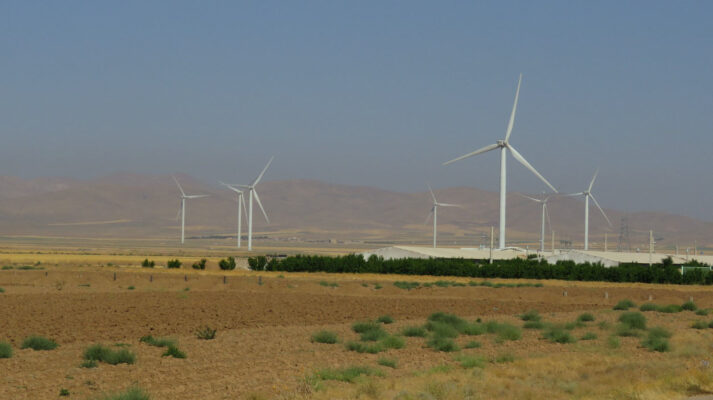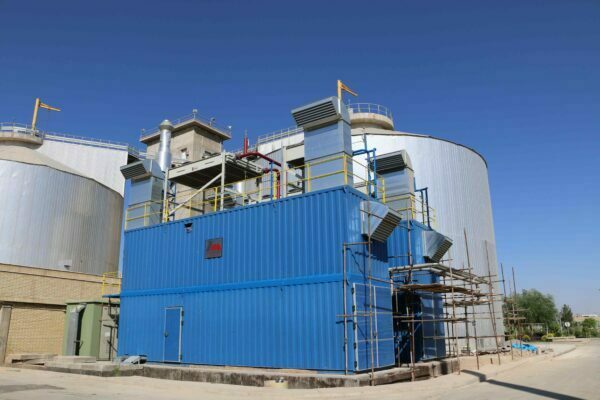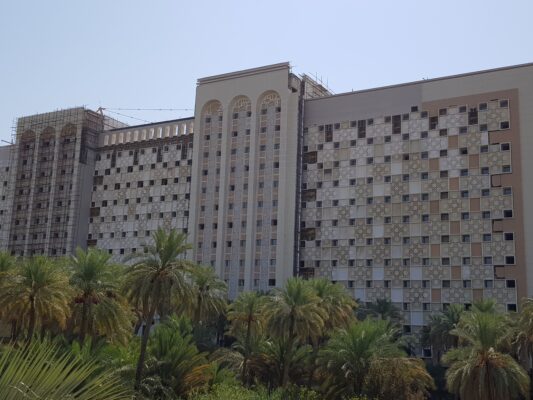Thermal Power Plants
The construction of thermal power plants, including gas, combined cycle and steam units, is one of the most important and main activities of the MD1 Co. .MD1 Co. with a brilliant track record of power plant construction in the mentioned areas has been in charge of the construction of numerous power plants. The capabilities of .MD1 Co in the field of power plants include the fields of engineering design, supply, construction, installation and commissioning. .MD1 Co, with unique expertise in the country in the field of power plant construction, has been able to play a significant role in the country’s electricity production by implementing more than 30 large projects and installing and operating more than 120 power plant units.
Cooling Systems
Cooling tower is a part installed to release waste water heat used in condenser through thermal exchange with air. By water evaporation, cooling tower usually releases the generated heat in a chemical unit and lowers the temperature of fluid service to wet air bubble. Of course, it should be regarded that in certain cooling towers with close circuit known as dry cooling tower, fluid service temperature is likely to decline only to dry air bubble temperature.
Cooling tower is used in cooling system of refinery units, petrochemical and similar chemical units, thermal power plants and HVAC systems for pleasant air conditioning of buildings. Cooling towers are categorized by the type of air contact with them. The most common types of cooling towers are classified as natural displacement mechanism along with forced displacement mechanism.
The application of cooling towers
Utilizing cooling towers traces back to 19th century since the advent of using condenser in steam engine. In condensers the cooling fluid is commonly water. As water absorbs the heat of vapor released from turbine or piston outlet which reaches to condenser, it condensates. Although presence of this stage in steam engine cycle leads to a drop in pressure of outlet steam, it reduces the consumption of steam and consequently consumption of fuel and simultaneously it increases the system efficiency. In regions where sufficient water to operate cooling towers exist, water ponds are used and in places where resources are limited such as large cities, cooling towers are employed.
Dispatching Power Substations, Transmission and Sub-Transmission Lines
Our lives are so intertwined with electricity that it is hard to image life without it.
Economic development and industrial flourishing are impossible without developments in power industry in a way that absence of stable electricity supplies may irreversibly harm the economy. Evidently, local and small power plants cannot supply reliable, high-quality electricity in a practical and economical way. This requires an extensive network of huge power plants with great capacities in combination with small and local plants (connected to a countrywide power grid) . Construction of the countrywide electrical grid for exchange of electricity between power generation and consumption sites enables using power plants to their maximum power generation capacities while enhancing efficiency and reliability over the grid. High-voltage substations are primarily tasked with stepping up or down voltages over the grid and activating switching processes in case of failure or changes in network topology. Substations come in different types: step-up substations (at power plants) , step-down (distribution and sub-transmission) substations, and switching substations. These substations are classified into air insulated substations (AIS) and gas insulated substations (GIS) in terms of the insulation type used, and into one & half, double bass bar, H, and other schemes depending on their layouts. The following figure illustrates the overall architecture of an electrical grid and different types of high-voltage substations.
Renewable Energies
Renewable energies called clean energies are types of energies that can be recycled or renewed by nature temporarily. Renewable energies include water energy (water-power force), wind energy, solar energy, geo-thermal energy, biomass and wave or tide energy.
Nowadays, various factors including political crises and economic issues such as fossil fuel resources, environmental concerns and population growth and so on have led to developing appropriate strategies by experts to generate energy. Accordingly, we can no longer rely on limited resources. That’s why, there is a growing trend around the world to replace fossil fuels with renewable energies.
Advantages of using renewable energies
-using renewable energies results in reducing environmental problems created by organic waste release in nature and consequently decreasing air pollution as well as saving fossil fuels more and more
-using renewable energies helps to meet domestic consumption and additionally paves the way to key energy exchange with neighboring countries.
-using renewable energies leads to less water and fuel consumption by cars.
-using renewable energies can increase industrial and agricultural products.
Small Scale Power Plants (DG, CHP and CCHP)
Mechanical work
Underground tanks for gas and gasoil fuel supply systems, fuel drain pump house, fuel tanks, fuel heating systems, gas pressure reduction or increase station and metering systems, steam systems, designing, installation and commissioning of boilers, implementation of high pressure steam piping, designing and installing vacuum systems and related pumps, fire fighting systems including designing and implementing fire detection, announcement and extinguishment such as huge fire fighting water tanks, designing diesel pumps, electric fire fighting pumps, foaming and carbon dioxide system.
Electrical work
UPS and DC weak and medium voltage switch gear, cabling inverter and diesel generators, lighting systems, paging, telephone and …
Other auxiliary systems
Compressed air, drinking water distribution, collection and treatment of wastewater, pleasant air conditioning, telephone, paging …
Mechanical & Electrical BOP of Thermal Power Plants
Mechanical work
Underground tanks for gas and gasoil fuel supply systems, fuel drain pump house, fuel tanks, fuel heating systems, gas pressure reduction or increase station and metering systems, steam systems, designing, installation and commissioning of boilers, implementation of high pressure steam piping, designing and installing vacuum systems and related pumps, fire fighting systems including designing and implementing fire detection, announcement and extinguishment such as huge fire fighting water tanks, designing diesel pumps, electric fire fighting pumps, foaming and carbon dioxide system.
Electrical work
UPS and DC weak and medium voltage switch gear, cabling inverter and diesel generators, lighting systems, paging, telephone and …
Other auxiliary systems
Compressed air, drinking water distribution, collection and treatment of wastewater, pleasant air conditioning, telephone, paging …
Urban Construction & Industrial Projects
Waste management
In developed countries, waste is regarded as a valuable recyclable material. Countries like Germany and Denmark use all portions of waste, have valuable recycling cycles in place, recycle materials into nature using a variety of methods, and use waste to produce energy needed in water heating systems. However, third world countries have not attached much importance to waste-to-electricity processes. Methane and sulfur have devastating effects on the ozone layer. Using these gases as a source of energy can in fact prevent these undesirable impacts on nature and the environment. Waste-to-energy can also help preventing leachate from penetrating groundwater and causing soil and forest degradation. Accumulation of waste on the earth and manmade environmental hazards will result in a problem involving everyone at a global scale, if it goes unnoticed for ignoring issues concerning nature. That is why the world shows special concern over the problem of the environment.
Water Processing and Treatment Systems
– Water Treatment
Water treatment is a process that prepares water for a particular use by removing contaminants and unwanted constituents from raw water. Water found in nature often needs to be treated so that it can be used for drinking or industrial applications.
Basic concerns over drinking water are
– Presence of pathogenic organisms and toxic substances in water
– Insufficient or excessive amount of ions that play a role in human health, including fluoride and sulfate ions
– Presence of suspended particles (color of water)
– Taste and odor
There are also concerns about industrial water depending on where it is intended to be used. In general, impurities in industrial water are sources of a number of problems. Therefore, treatment processes should be applied to remove these impurities in order to mitigate their harmful effects. Major detrimental effects of impurities in industrial water, particularly in power plant industries, include:
– Sedimentation problem in thermal equipment and boilers, leading to a drop in heat transfer rate, efficiency, and useful life of equipment
– Lower quality of the steam generated, resulting in silica precipitating on turbine blades
– Corrosion in thermal systems and piping

 فارسی
فارسی العربية
العربية Русский
Русский